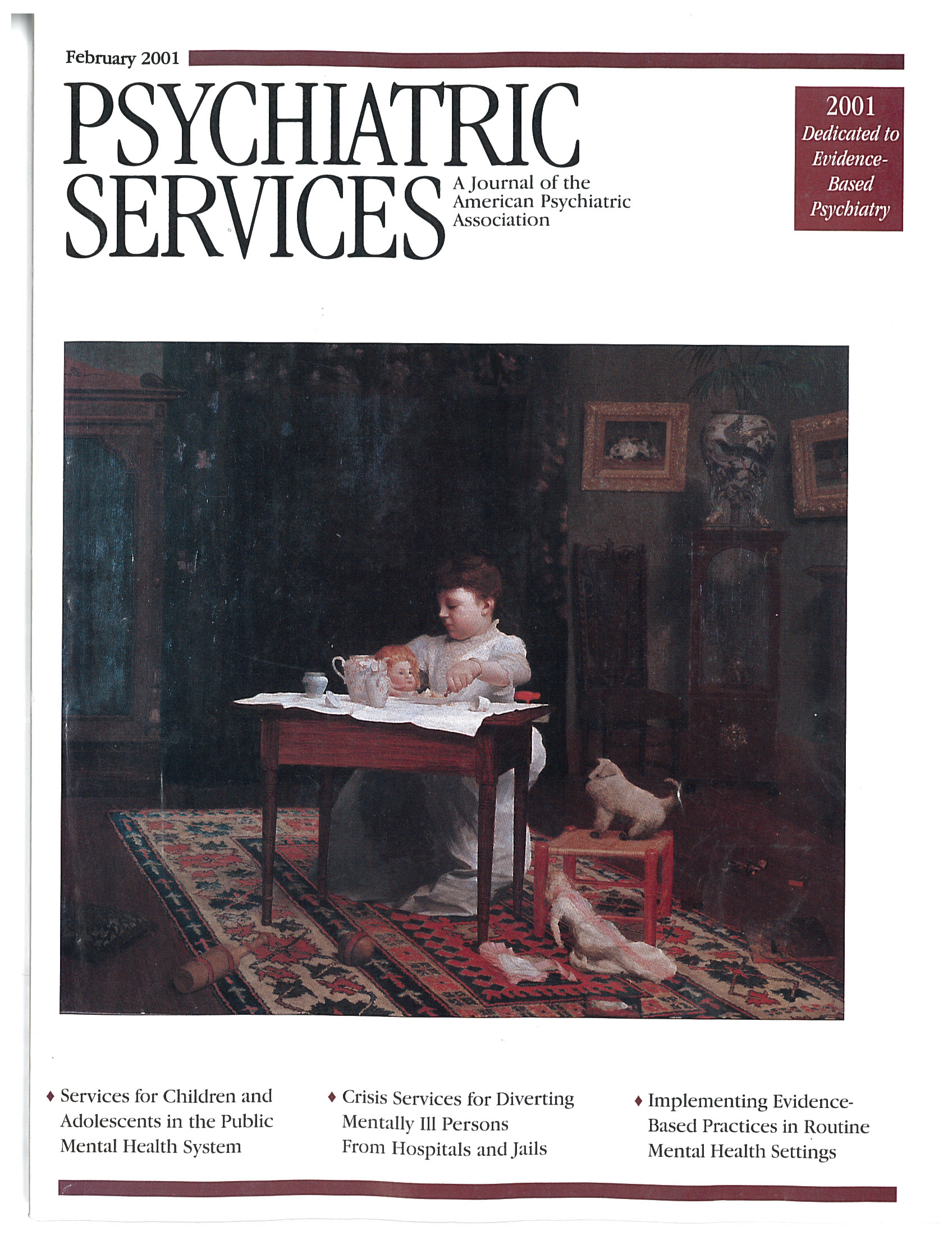Homosexuality and the Mental Health Professions: The Impact of Bias
This monograph, formulated by the committee on human sexuality of the Group for the Advancement of Psychiatry, aims to examine the roots of antihomosexual bias in our culture, and, more specifically, how it affects the practice of clinical psychiatry, psychotherapy, and the mental health professions as a whole. This is the 144th report published by the group since 1946, when it was founded to produce position papers on relevant and controversial psychiatric issues.
The text is concise, practical, and richly illustrated by 26 clinical vignettes drawn from inpatient and outpatient treatment settings, psychiatric residency programs, supervisory sessions, and medical school education.
The book begins with an exploration of the cultural biases against gay and lesbian people that have emerged from biblical interpretations, organized religion, antisexual Victorianism, idealization of the two-parent nuclear family, and heterosexism, demonstrating their historical influence on the practice of dynamic psychology. The degree to which dynamic psychology itself, via early "pathologizing psychoanalytic constructs," reinforced and shaped the antihomosexual bias of the larger culture is also well covered.
The remainder of the monograph is pragmatic and focused on practice. Discussed in separately developed chapters are antihomosexual biases in the clinical setting, the impact of antihomosexual bias on supervision and professional training, legal aspects of antihomosexual bias and mental health, and the relationship between HIV and antihomosexual bias.
Clinical vignettes and academic research studies are skillfully juxtaposed to demonstrate the blatant—and sometimes very subtle—ways in which bias infiltrates the practice of psychiatry and psychotherapy. This feature both strengthens the work and makes it quite interesting to read.
Although psychiatry has come a long way from the position articulated in DSM-I in 1952 that homosexuality was a sociopathic personality disorder, and in DSM-II in 1968 that it was a sexual deviation, biases against gays and lesbians are still present and active in clinical work even though "personality measures, projective tests, rates of psychiatric symptoms, and lifetime prevalence of psychiatric disorders, with few exceptions, do not distinguish between homosexual and heterosexual subjects." Pathologizing patients because of their homosexuality, stereotyping people on the basis of sexual orientation, empathic failure, heterosexism, and unsolicited attempts to change a patient's sexual orientation are still frequently found in psychotherapy, according to research cited in the text.
Biases against gay and lesbian people begin in medical school, where a negligible amount of curriculum time is spent on studying healthy homosexual lifestyles, making them a virtually invisible population; curriculum time devoted to gay men is typically in the context of HIV-related illnesses. "Students who have no frame of reference for treating gay and lesbian patients other than as examples of psychopathology or as patients at high risk for contracting and spreading AIDS are likely to treat their patients in stigmatizing and prejudicial ways."
Especially well developed in the book is the degree to which HIV's initial emergence in gay men has created a dynamic that more potently stigmatizes both gay people and persons with AIDS regardless of their sexual orientation.
The book discusses the mutual influences the legal and mental health systems have on one another and how gay and lesbian people are affected by these influences. Clinicians are challenged to become more aware of the mental health burdens borne by gay and lesbian clients in the face of laws concerning marriage, tax planning, health care proxies, and so on, which affect their lives but were created with heterosexual presumptions.
The committee also encourages gay and lesbian psychiatric professionals to more frequently risk disclosing their sexual orientations to influence the biases of the mental health professions and their culture at large. Fears of losing one's place in a medical school or residency program, of losing status or career advancement at one's university or hospital, and of losing patients are cited as reasons why relatively few gay men and lesbians have "come out" professionally. More disclosure would provide more role models for people entering the psychiatric and mental health professions.
Although this book primarily addresses the field of psychiatry, it is an excellent text for all readers in the mental health professions, medicine, or human services who seek to refine their clinical skills and sensitivities and to better understand deeply seated cultural dynamics influencing their work.
Mr. Martin is affiliated with the Rose Hawthorne Lathrop Home in Fall River, Massachusetts.



